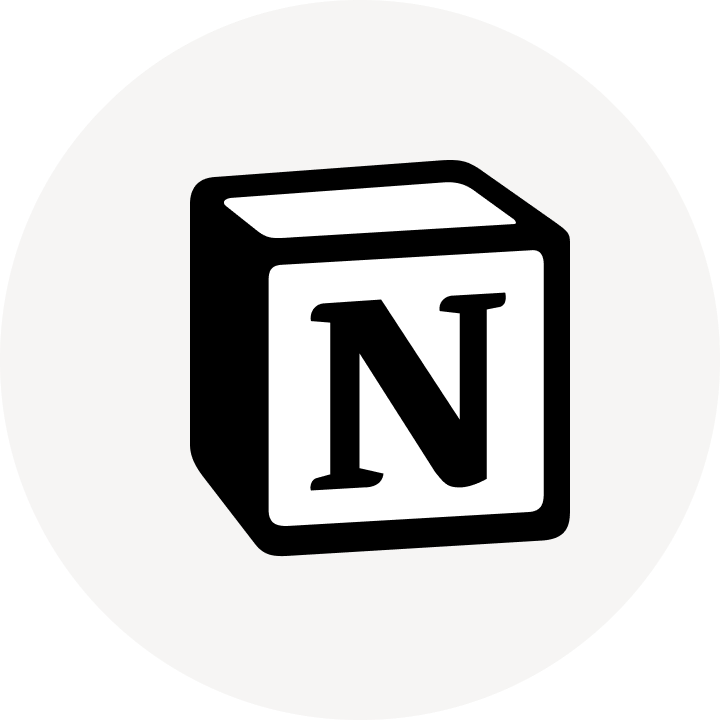Having an Asset Tracker is crucial for managing your personal or business assets efficiently. It helps you keep a detailed record of your possessions, monitor their condition and value, and plan for future purchases or maintenance. An Asset Tracker template in Notion can streamline this process by providing a structured and customizable framework to organize and visualize your assets.
Before you dive into creating your own Asset Tracker, consider exploring these Notion templates to simplify the process and ensure you're covering all necessary aspects of asset management.
What Should Asset Tracker Templates Include?
Choosing the right Asset Tracker Template in Notion can streamline how you manage and track your assets efficiently. Here are key components to look for:
Comprehensive Categorization: A good template should offer detailed categories for assets, allowing for easy sorting and retrieval.
Integration Capabilities: Ensure the template can integrate with other tools or software you use for seamless data management.
Customizable Fields: The ability to customize fields is essential to tailor the template to specific needs and asset types.
Update and Audit Features: Look for templates that facilitate easy updates and periodic audits to maintain accuracy and reliability.
Selecting a template with these components will help you maintain a clear overview of your assets and enhance overall operational efficiency.
What Should Asset Tracker Templates Avoid?
When selecting an asset tracker template in Notion, it's important to be aware of certain features that might complicate or hinder your asset management process. Here are three key components to steer clear of:
Overly Complex Categories: Templates with too many specific categories can make it difficult to quickly categorize and locate assets. Opt for simplicity to enhance usability.
Non-Customizable Fields: Avoid templates that don't allow you to modify fields. Asset tracking needs can vary greatly between organizations, and customization is essential for tailoring the tool to your specific requirements.
Limited Access Controls: Ensure the template supports varying access levels. Templates that do not allow for user-specific access rights can pose a security risk and limit collaboration.
Choosing the right template involves avoiding these pitfalls to ensure that your asset tracking is as efficient and secure as possible. Look for flexibility, simplicity, and adequate security features in your chosen template.









